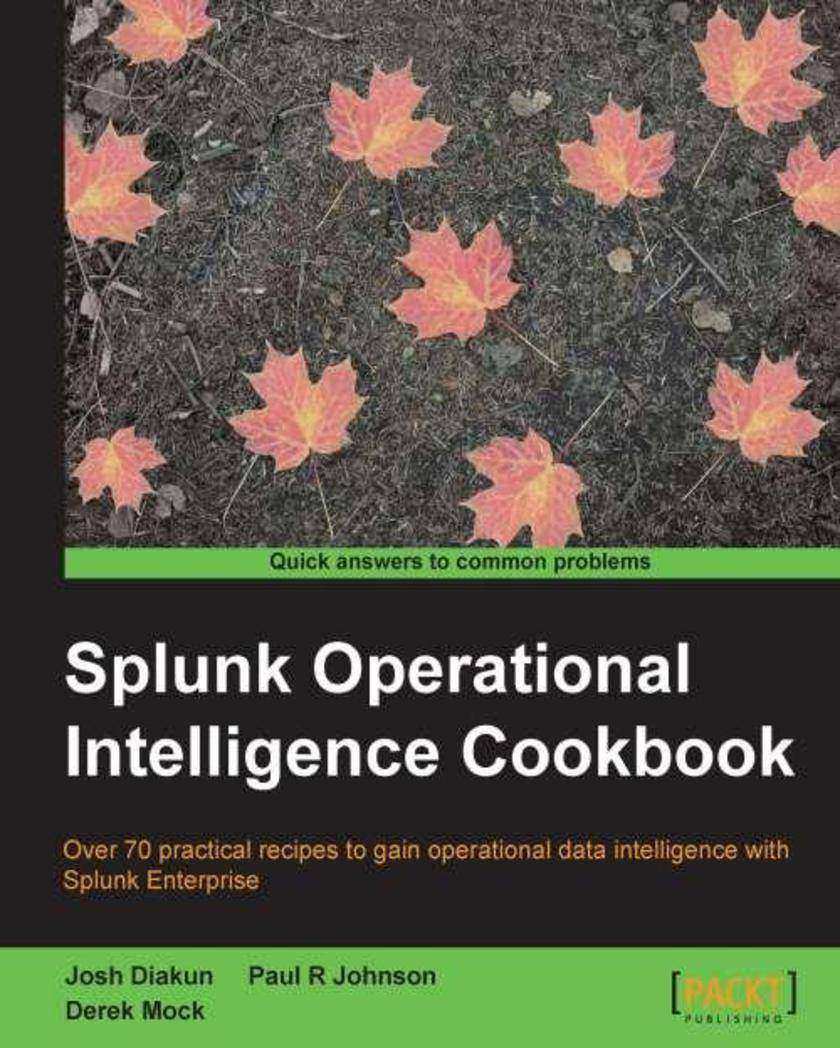
Splunk Operational Intelligence Cookbook
¥90.46
This book is intended for users of all levels who are looking to leverage the Splunk Enterprise platform as a valuable operational intelligence tool. The recipes provided in this book will appeal to individuals from all facets of a business – IT, Security, Product, Marketing, and many more!
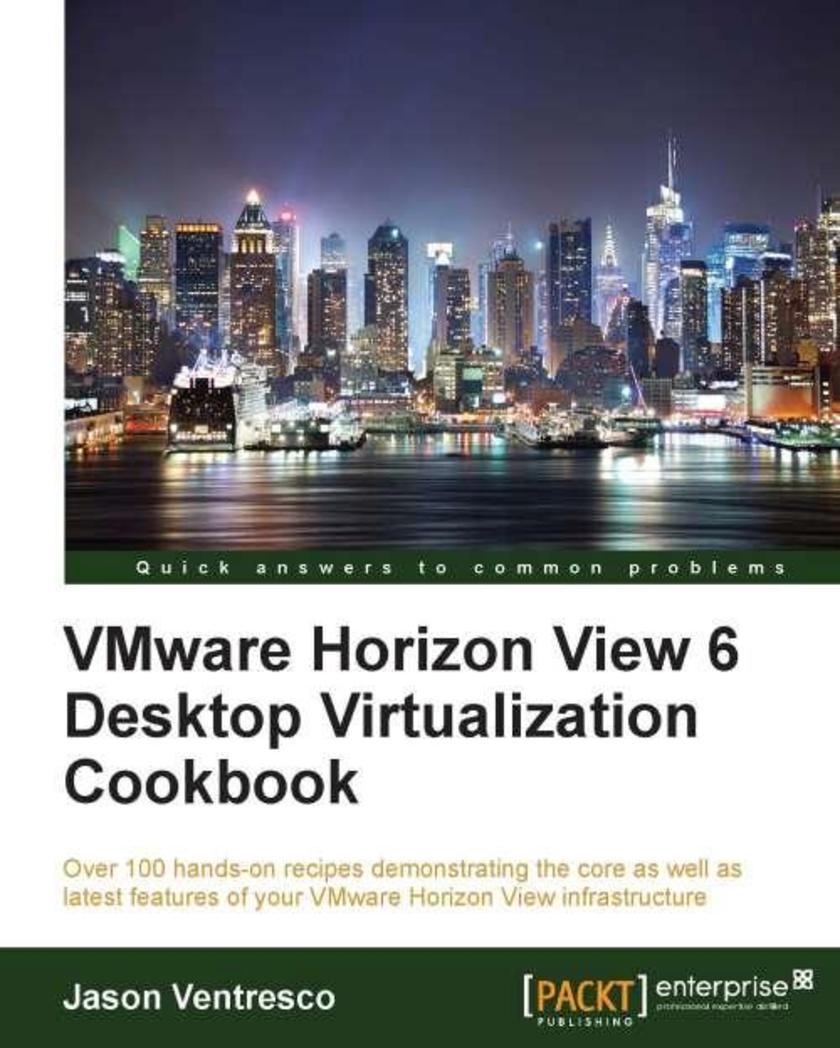
VMware Horizon View 6 Desktop Virtualization Cookbook
¥90.46
If you want a more detailed explanation concerning the implementation of several different core features of VMware Horizon View, this is the book for you. Whether you are new to VMware Horizon View or an existing user, this book will provide you with the knowledge you need to successfully deploy several core features and get introduced to the latest features of version 6.0 as well.
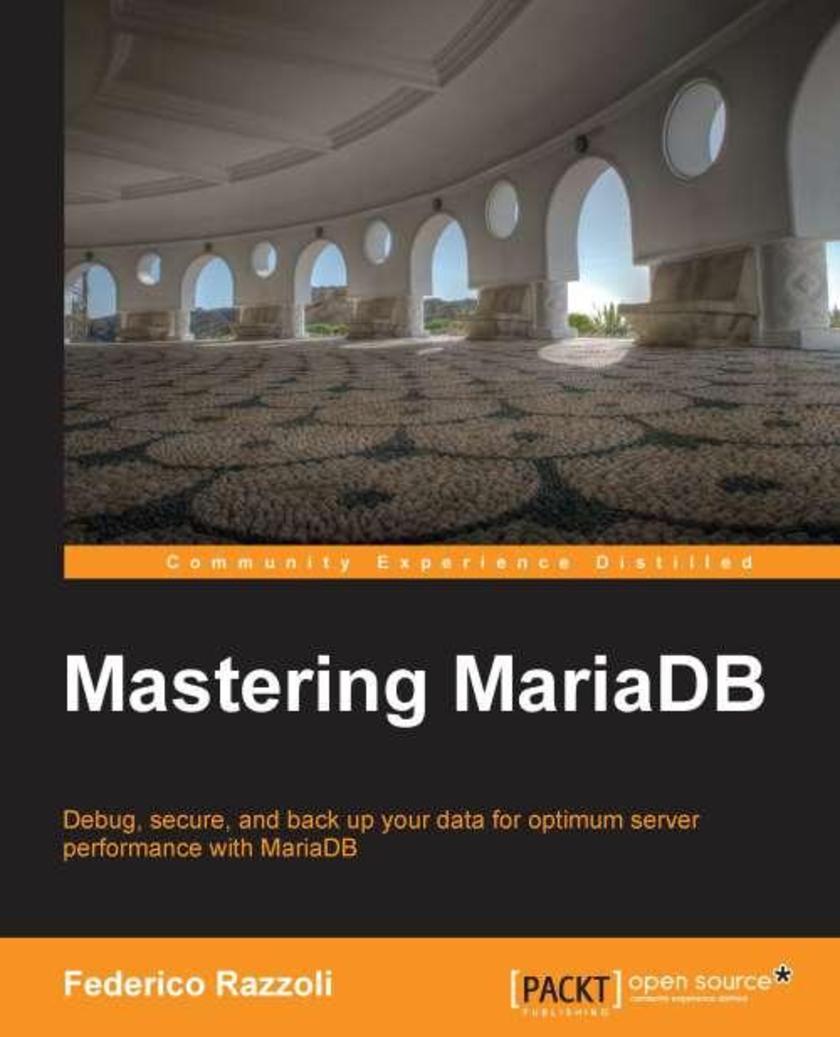
Mastering MariaDB
¥90.46
This book is intended for intermediate users who want to learn how to administrate a MariaDB server or a set of servers. It is aimed at MariaDB users, and hence working knowledge of MariaDB is a prerequisite.
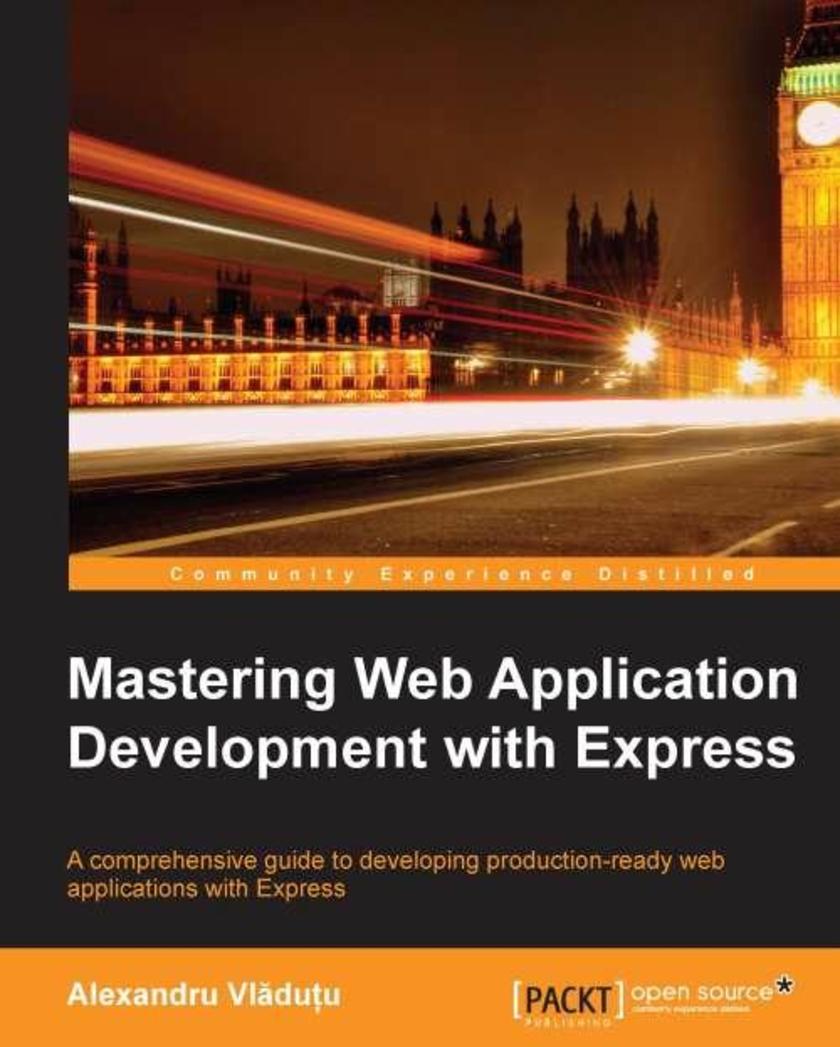
Mastering Web Application Development with Express
¥90.46
If you are a Node.js developer who wants to take your Express skills to the next level and develop high performing, reliable web applications using best practices, this book is ideal for you. The only prerequisite is knowledge of Node.js.
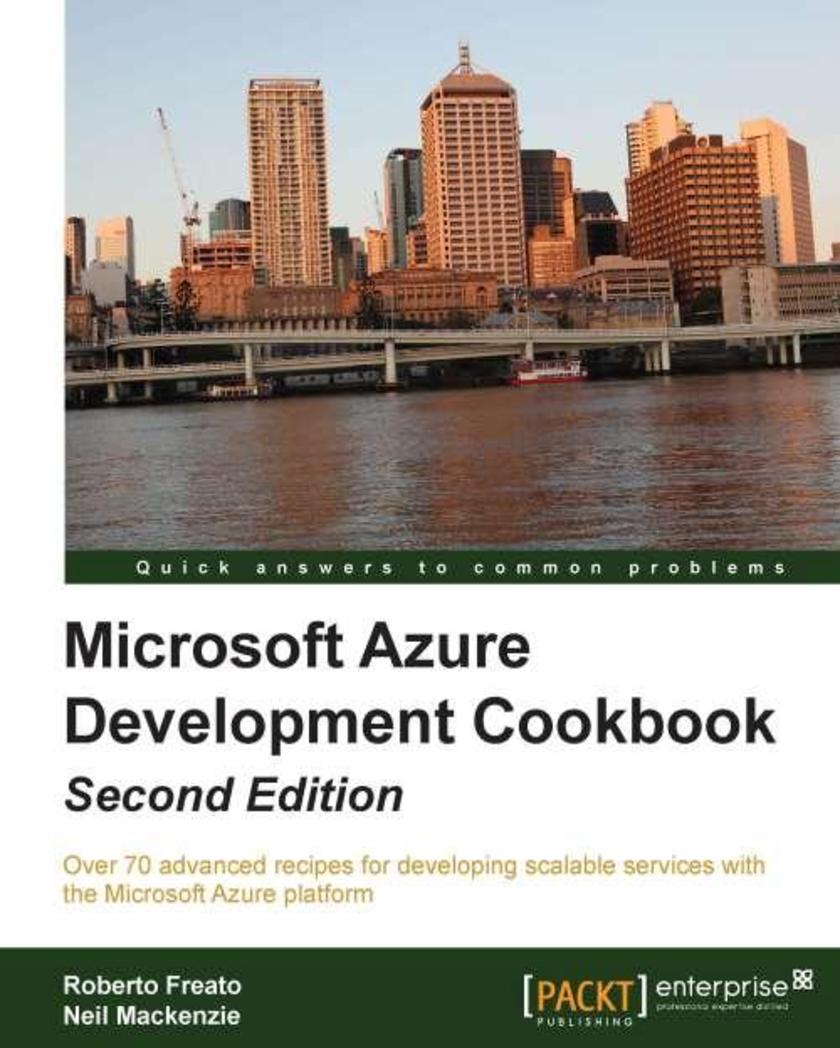
Microsoft Azure Development Cookbook
¥90.46
If you are an architect, this book will help you make the correct decisions about which Azure building blocks to use. If you are a developer, this book will help you understand how to use them appropriately, and if you are a .NET developer, this book is a pure delight.
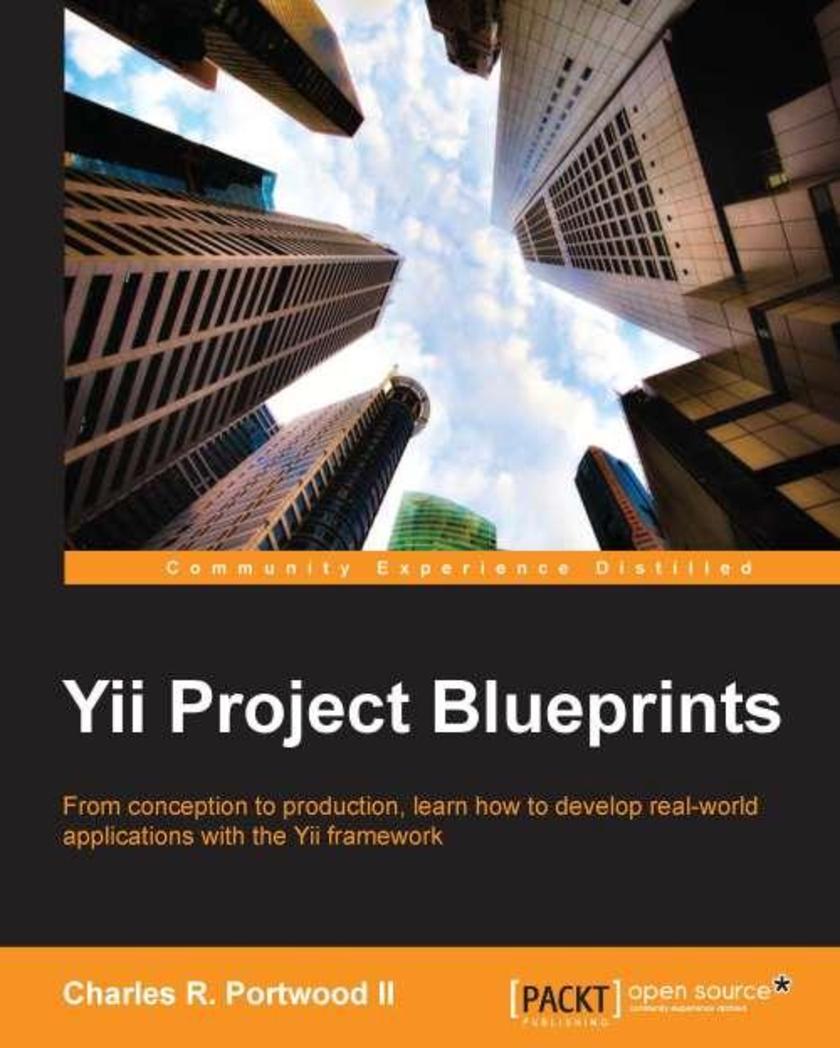
Yii Project Blueprints
¥90.46
This book is for intermediate-to-advanced level Yii developers who want to master the Yii framework and develop real-world applications. You should have experience of working with Yii, PHP 5, HTML, CSS, and JavaScript.
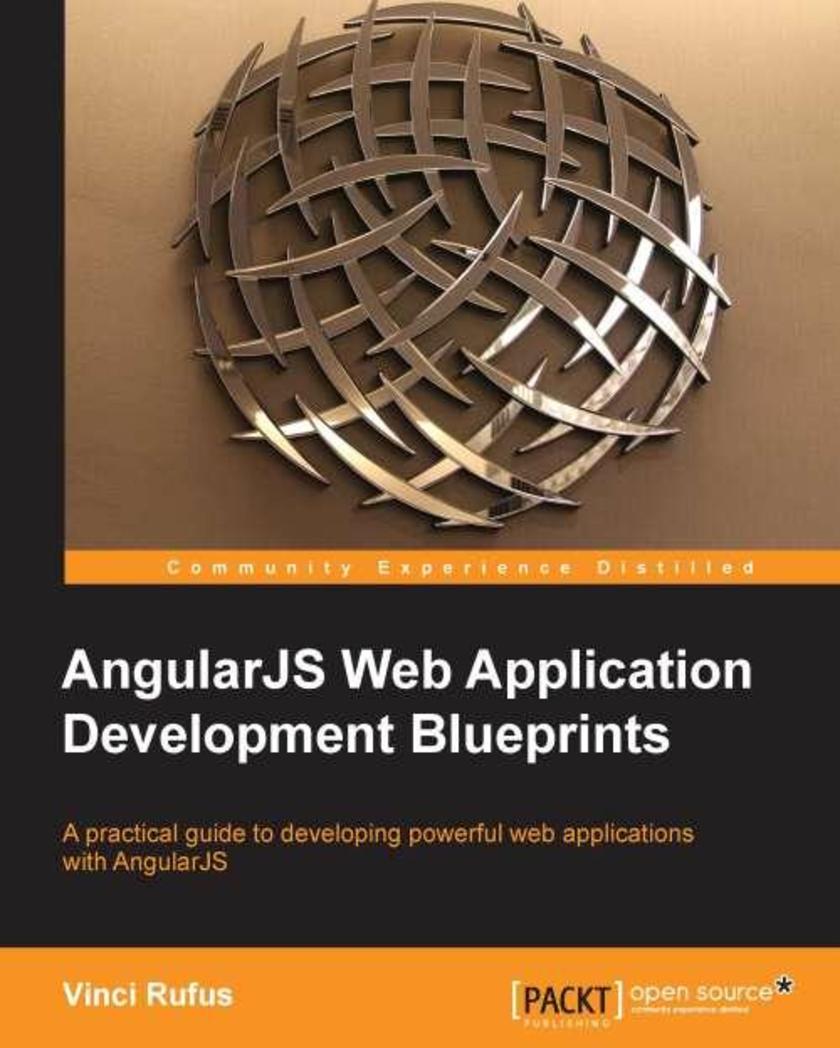
AngularJS Web Application,Development Blueprints
¥90.46
If you are a web application developer interested in using AngularJS for a real-life project, then this book is for you. As a prerequisite, knowledge of JavaScript and HTML is expected, and a working knowledge of AngularJS is preferred.
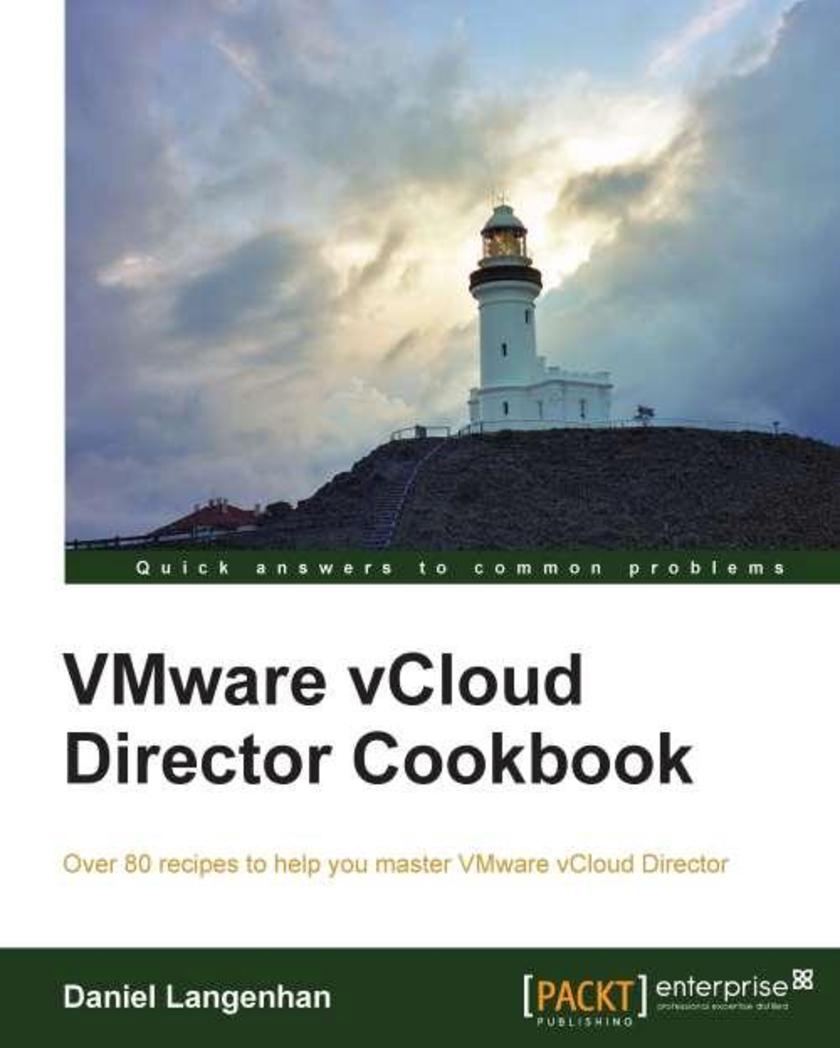
VMware vCloud Director Cookbook
¥90.46
"VMware vCloud Director Cookbook" will adopt a Cookbook-based approach. Packed with illustrations and programming examples, this book explains the simple as well as the complex recipes in an easy-to-understand language."VMware vCloud Director Cookbook" is aimed at system administrators and technical architects moving from a virtualized environment to cloud environments. Familiarity with cloud computing platforms and some knowledge of virtualization and managing cloud environments is expected.

Microsoft XNA 4.0 Game Development Cookbook
¥90.46
“Microsoft XNA 4.0 Game Development Cookbook” is a fast-paced cookbook for taking your knowledge of the framework further with advanced game development tasks. Packed with step-by-step instructions and screenshots, the book will solve an experienced developer’s everyday coding problems. If you are an XNA developer who has already successfully mastered simple 2D and 3D XNA tasks, dive into “Microsoft XNA 4.0 Game Development Cookbook” for something more challenging. You should be comfortable with the basics of the XNA framework, and have experience with C#.

IBM Cognos Business Intelligence 10.1 Dashboarding cookbook
¥90.46
This book is written in the style of a cookbook, with emphasis on practical, step-by-step recipes augmented with real screenshots and little to no theory. This approach will help you follow each step, each link, and see the bigger picture,If you are a user with basic knowledge of Cognos BI (any version) and want to learn the advanced and latest dashboarding capabilities shipped with IBM Cognos BI, this book is for you.
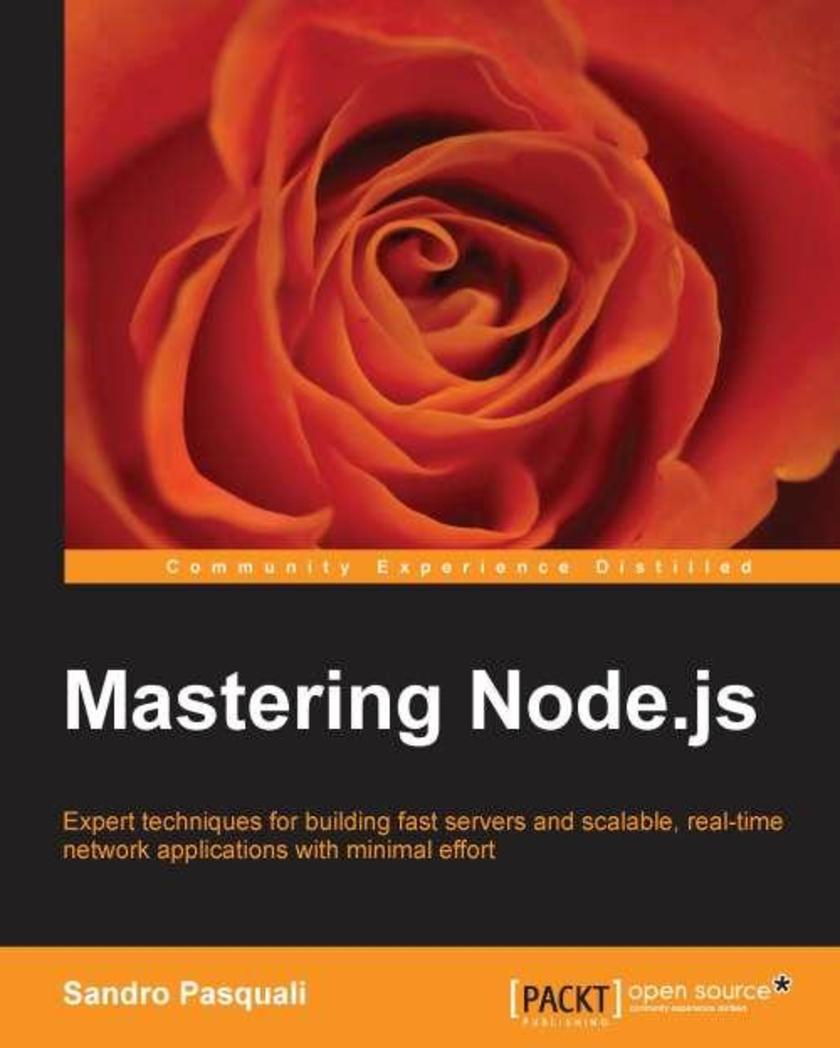
Mastering Node.js
¥90.46
This book contains an extensive set of practical examples and an easy-to-follow approach to creating 3D objects.This book is great for anyone who already knows JavaScript and who wants to start creating 3D graphics that run in any browser. You don’t need to know anything about advanced math or WebGL; all that is needed is a general knowledge of JavaScript and HTML. The required materials and examples can be freely downloaded and all tools used in this book are open source.
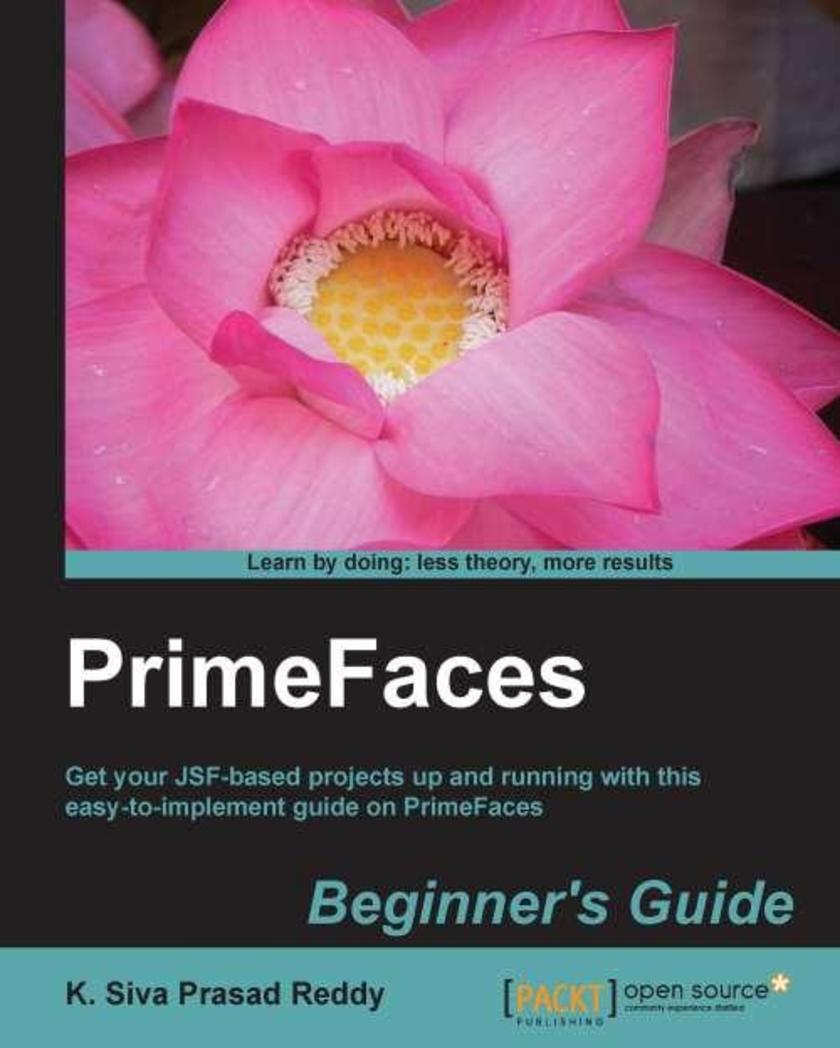
PrimeFaces Beginner's Guide
¥90.46
A guide for beginner’s with step-by-step instructions and an easy-to-follow approach.PrimeFaces Beginners Guide is a simple and effective guide for beginners, wanting to learn and implement PrimeFaces in their JSF-based applications. Some basic JSF and jQuery skills are required before you start working through the book.
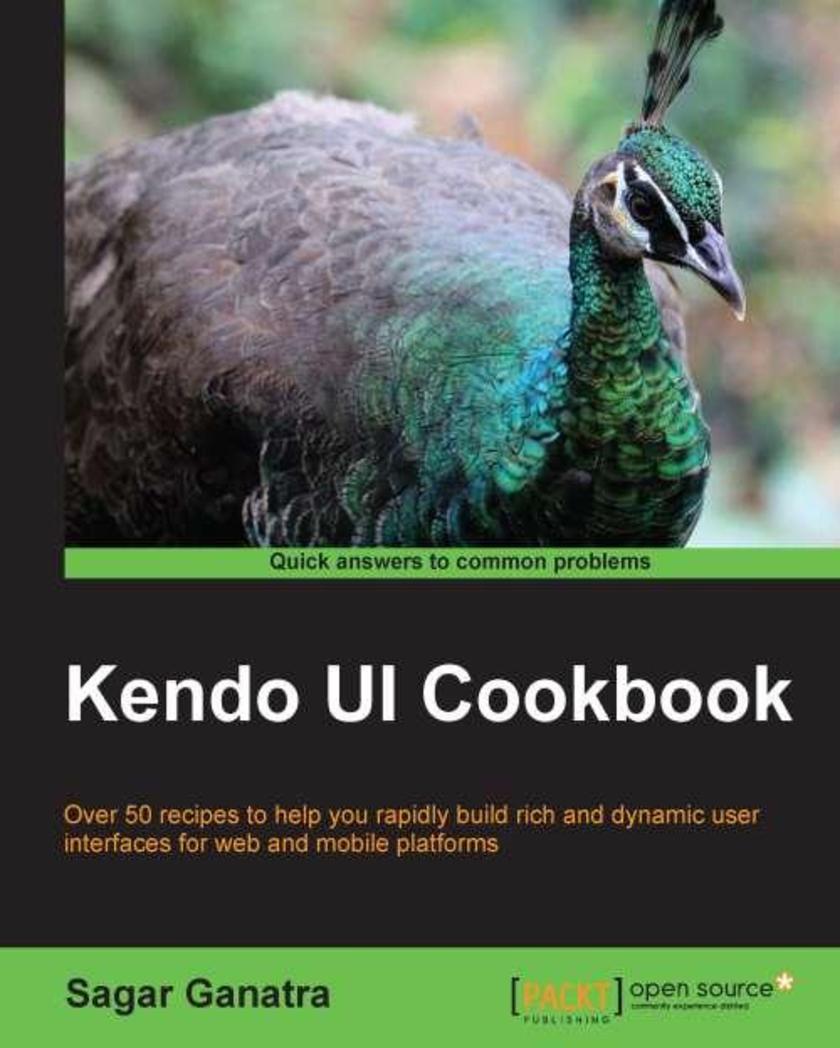
Kendo UI Cookbook
¥90.46
This book is an easy-to-follow guide full of hands-on examples that allows you to learn and build visually compelling web applications using the Kendo UI library. This book will do wonders for web developers having knowledge of HTML and Java* and want to polish their skills in building applications using the Kendo UI library.
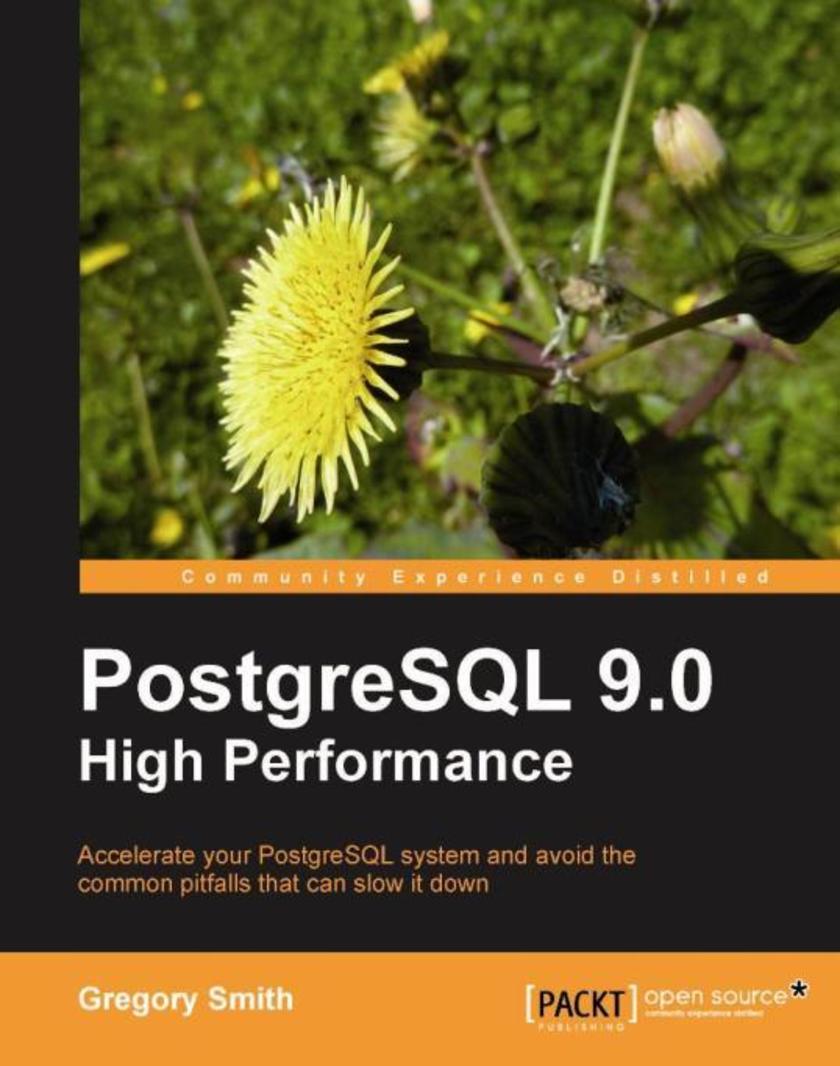
PostgreSQL 9.0 High Performance
¥90.46
Improving database performance requires an equal mix of understanding theoretical concepts and working through hands-on examples. You'll find both here. Many of the examples given will be immediately useful for monitoring and improving your PostgreSQL deployments, providing insight into hard-to-obtain information about your database. This book is aimed at intermediate to advanced database administrators using or planning to use PostgreSQL. Portions will also interest systems administrators looking to build or monitor a PostgreSQL installation, as well as developers interested in advanced database internals that impact application design.

iAd Production Beginner’s Guide
¥90.46
This beginner's guide focuses on getting you through all the major learning points in a smooth, logical order. You'll also see how to avoid some common pitfalls. This book is for brands, advertisers and developers who want to create compelling, emotive, iAd advertisements that generate revenue and increase brand awareness. You don’t need previous experience of creating adverts or apps for iPhone and iPad, as you’ll be taken through the entire process to make motion-rich, beautiful ads.

Microsoft SharePoint 2010 Developer's Compendium
¥90.46
“Microsoft SharePoint 2010 Developer’s Compendium: The Best of Packt for Extending SharePoint” takes a less discussion, more value approach to helping you learn all that you can about extending SharePoint. A medley of a total of five Packt books, each chapter has its own unique style so that you can learn not only from content written in a step by step tutorial style, but also from handbook and cookbook chapters. If you are a developer who would like to enhance your knowledge of SharePoint development to create sites with great user experience, don’t miss “Microsoft SharePoint 2010 Developer’s Compendium: The Best of Packt for Extending SharePoint”. You should already be comfortable with general SharePoint development practices, though prior experience with PowerShell, Visual Studio, Silverlight and Windows 7 Phone is not a necessity.

Microsoft Windows Intune: Quickstart Administration
¥90.46
If you are an administrator or partner who wants to plan, set up and maintain Windows Intune and manage a group of PCs then this book is for you . You should have a basic understanding of Windows administration, however, knowledge of Windows Intune would not be required.
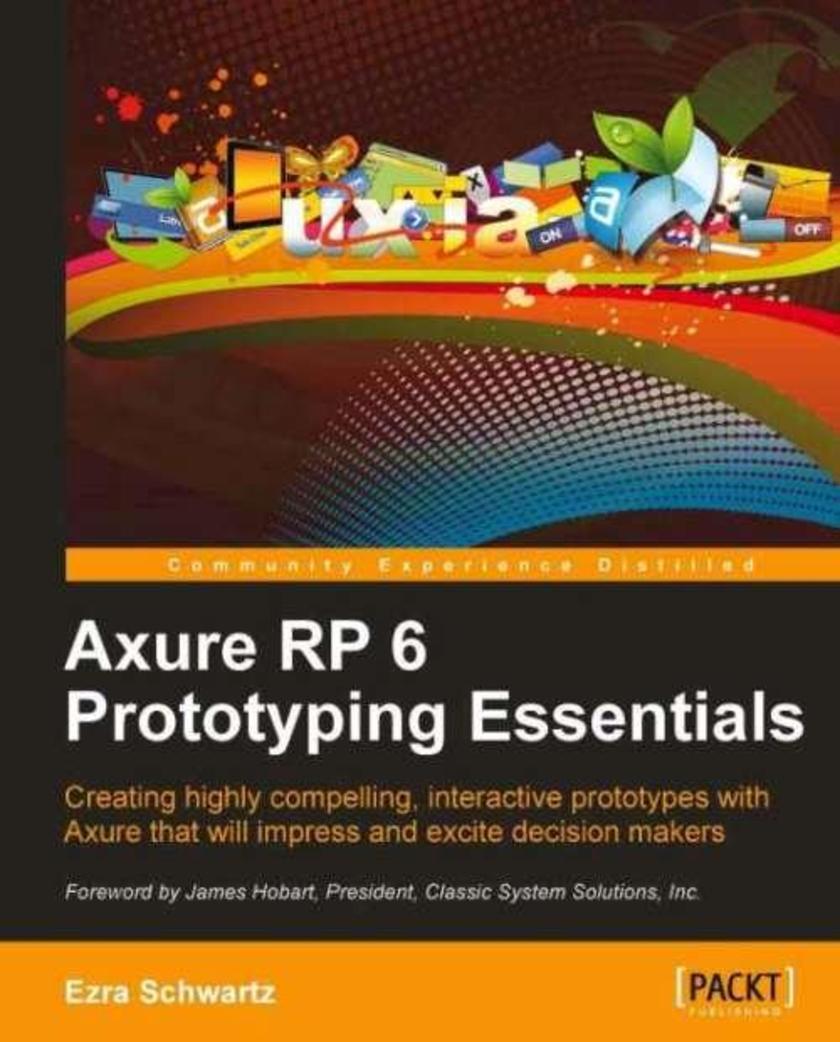
Axure RP 6 Prototyping Essentials
¥90.46
Axure RP 6 Prototyping Essentials is a detailed, practical primer on the leading rapid prototyping tool. Short on jargon and high on concepts, real-life scenarios and step-by-step guidance through hands-on examples, this book will show you how to integrate Axure into your UX workflow. This book is written for UX practitioners, business analysts, product managers, and anyone else who is involved in UX projects. The book assumes that you have no or very little familiarity with Axure. It will help you if you are evaluating the tool for an upcoming project or are required to quickly get up to speed in a project you just joined. The book assumes some familiarity with the principles of the User Centred Design methodology.

Joomla! 2.5 Beginner’s Guide
¥90.46
Written with a fast-paced but friendly and engaging approach, this Packt Beginner's guide is designed to be placed alongside the computer as your guide and mentor. Step-by-step tutorials are bolstered by explanations of the reasoning behind what you are doing. You will quickly pick up the necessary skills, tips, and tricks for building a successful Joomla! website. This book is written for beginners to website design. By the end of the book you will have built a complete custom content managed website, and be ready to build any kind of website.
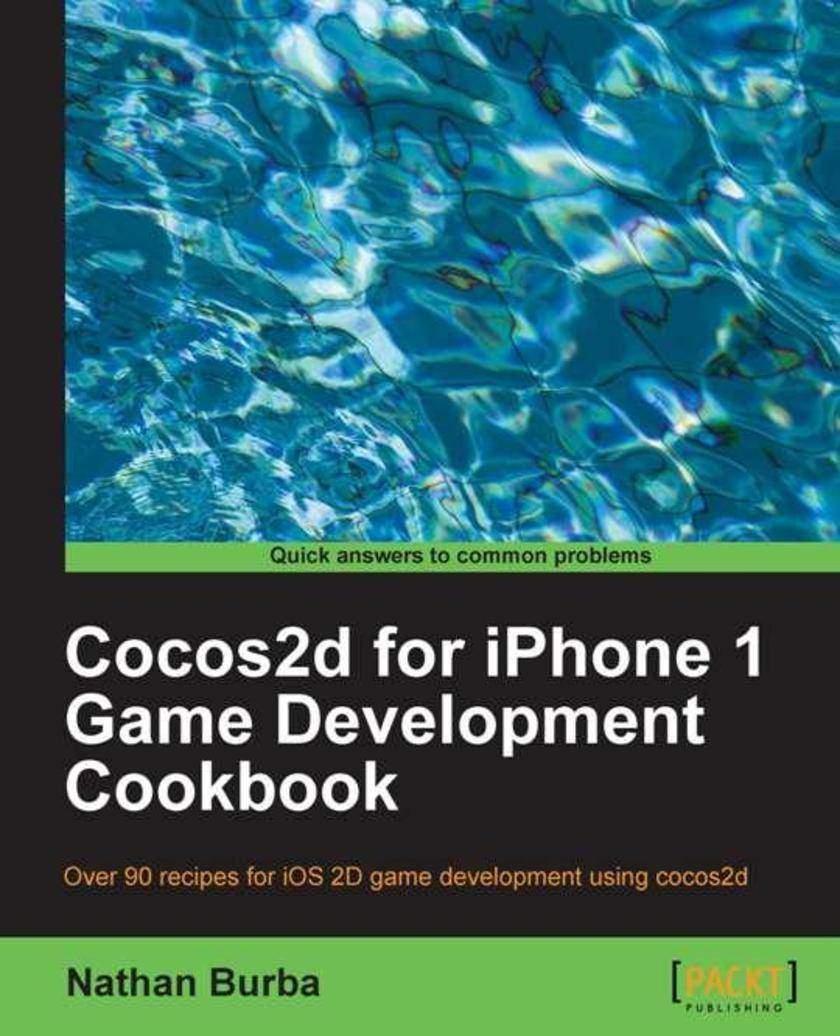
Cocos2d for iPhone 1 Game Development Cookbook
¥90.46
This book is full of fun and engaging recipes with modular libraries that can be plugged into your project. Each recipe consists of explained code accompanied by screenshots for your understanding. If you want to elevate your basic Cocos2d project to the next level, this is the book for you. Some understanding of Objective-C and Cocos2d is recommended. People with some programming experience may also find this book useful.
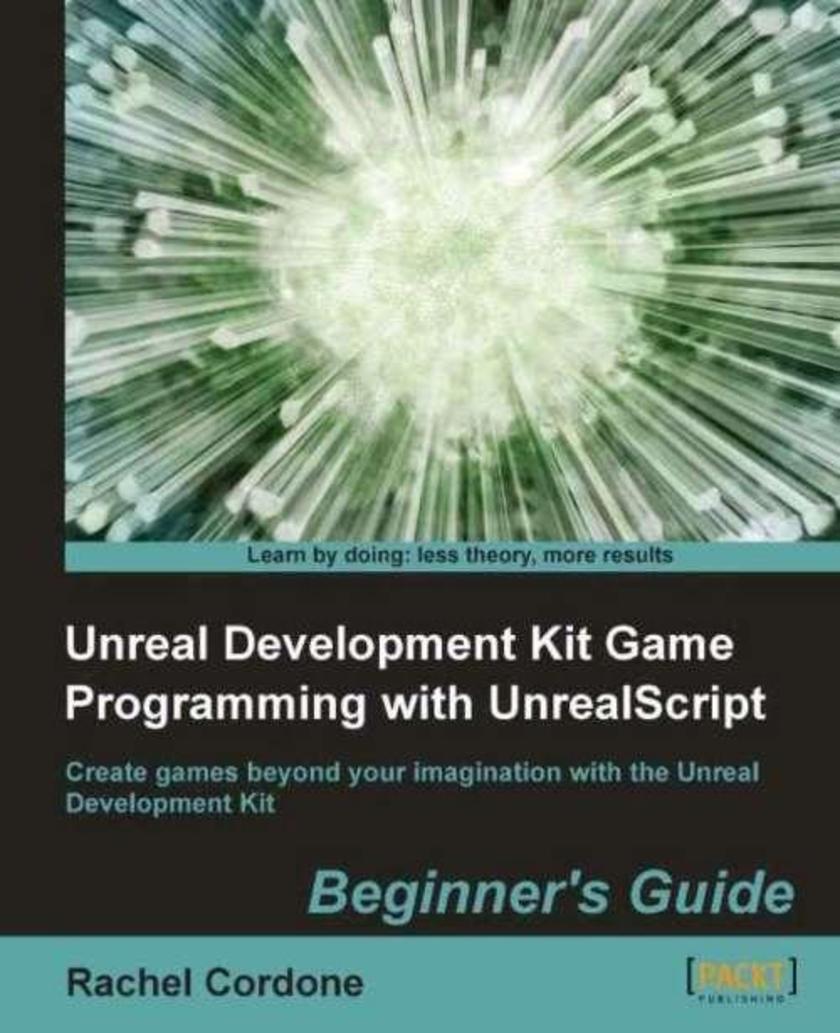
Unreal Development Kit Game Programming with UnrealScript: Beginner's Guide
¥90.46
This is a step-by-step book that builds on your knowledge by adding to an example game over the course of each chapter. Each topic uses example code that can be compiled and tested to show how things work instead of just telling you. Complicated tasks are broken down into easy to follow steps with clear explanations of what each line of code is doing. This book is written for beginners to UnrealScript, whether this is your first experience with programming or you're coming into it from another language and would like to learn how UnrealScript uses concepts you're already familiar with. If you would like to make games with the Unreal Development Kit, this book is for you.




 购物车
购物车 个人中心
个人中心



